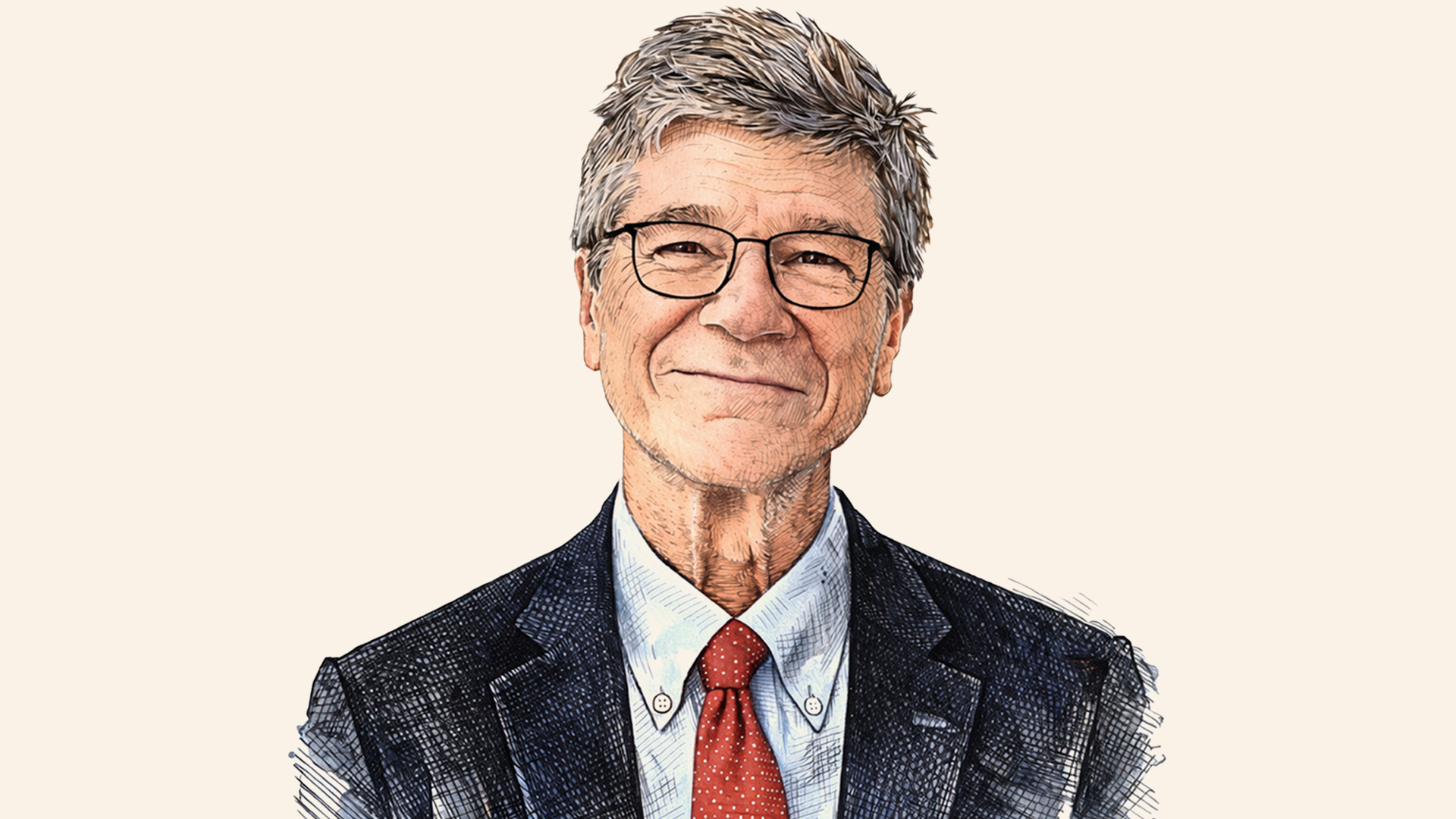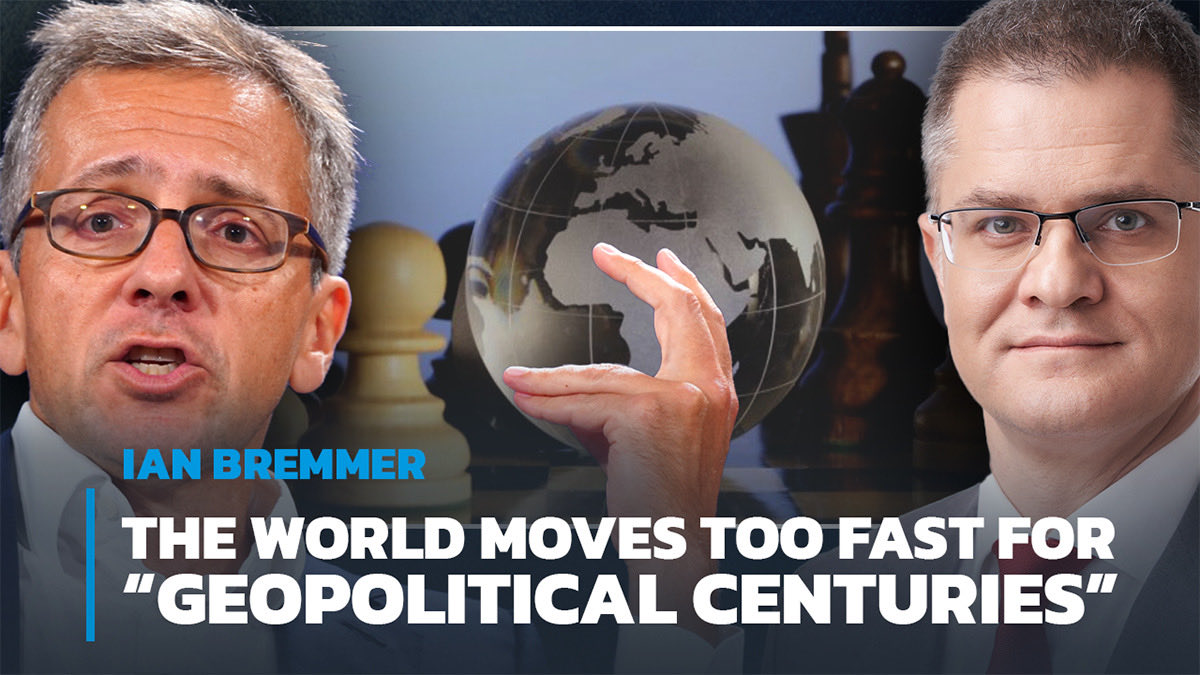 Michael Dobson
Michael Dobson
As a general rule, governments like to conduct international negotiations in secret. The recent Joint Comprehensive Plan of Action on Iran's nuclear program, for example, as well as the Trans-Pacific Partnership trade deal, have both been concluded under conditions of utmost secrecy. Critics argue that this secrecy is fundamentally undemocratic and violates the public's right to know what is in these agreements, especially considering they will shape our lives in important ways.
By contrast, a draft of an international agreement to fight climate change, which will be discussed by government ministers from around the world at a pre-COP21 meeting in Paris on Nov. 8, is arguably the most consequential international agreement of this or any other year. And the text they will be negotiating is freely available, right here.
The eventual agreement will set the terms for international cooperation on climate change for the foreseeable future. Considering that "addressing climate change" essentially means "fundamentally transforming the entire global energy system," and considering quite a bit is riding on the speed with which that transformation occurs, this is an agreement worth paying attention to.
That the text is publicly available is the good news; the even better news is that you don't need to be a policy wonk to understand it. The current draft is really just a series of bracketed options for what the final text might look like, and a close reading of some critical passages makes it clear that, with less than a month until the start of negotiations, there remains a wide range of possible agreements contained within the current text. Pick certain options, and you will get an agreement that establishes a strong, ambitious system of international cooperation and accountability; pick others and you will end up with something much weaker that contains far more aspirations and good intentions than concrete obligations.
The article’s full-text is available here











